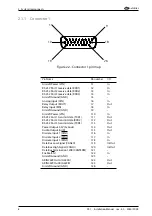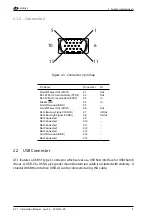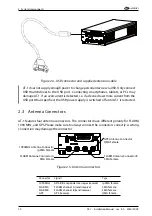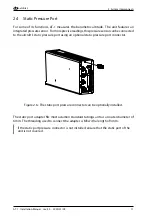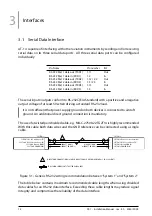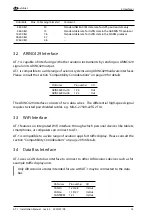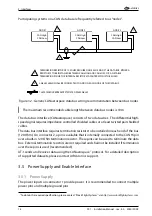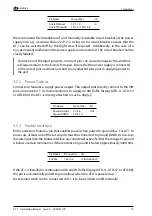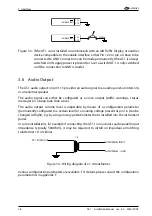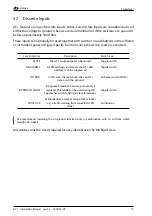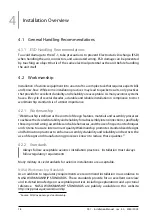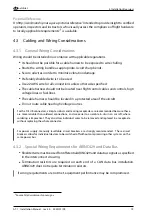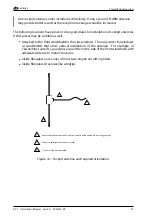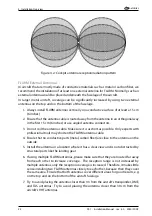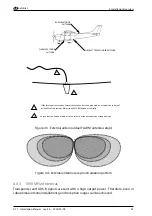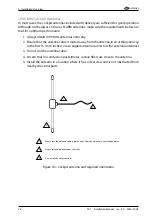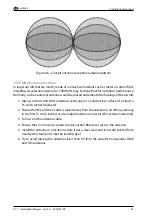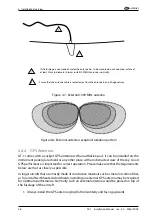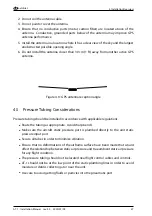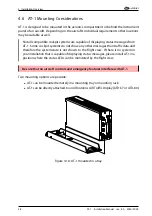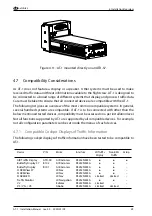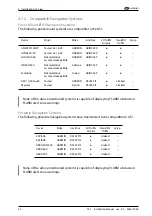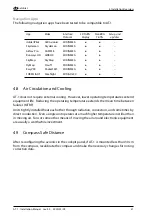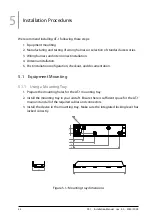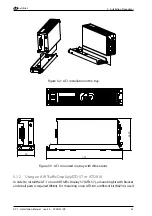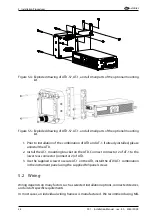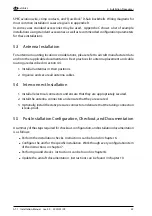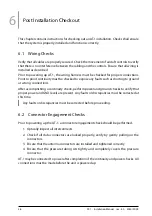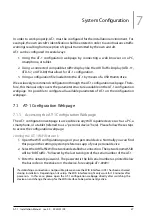
4. Installation Overview
air
avionics
Figure 4.2.: Cockpit antenna reception/radiation pattern
FLARM External Antennas
In aircraft that are mostly made of conductive materials such as metal or carbon fiber, we
recommend the installation of at least one external antenna for FLARM. Normally, such an
external antenna would be placed underneath the fuselage of the aircraft.
In larger metal aircraft, coverage can be significantly increased by using two external
antennas on the top and on the bottom of the fuselage.
1. Always install FLARM antennas vertically on a conductive surface of at least a 15 cm
(6 inches).
2. Ensure that the antenna cable is routed away from the antenna in an orthogonal way
in the first 15 cm (6 inches) or use angled antenna connectors.
3. Do not coil the antenna cable. Make sure it is as short as possible. Only experts with
professional tools may shorten the FLARM antenna cable.
4. Ensure that no conductive parts (metal, carbon fiber) are close to the antenna on the
outside.
5. Install the antenna in a location where it has a clear view and is not obstructed by
structural parts like the landing gear.
6. If using multiple FLARM antennas, please make sure that they are located far away
from each other to increase coverage. The reception range is not increased by
multiple antennas, only the reception coverage is increased. Therefore, it makes little
sense installing two FLARM antennas closely to each other, because then they cover
the same area. Ensure that both antennas cover different areas for good results, e.g.
on the top and on the bottom of the aircraft fuselage.
7. Try to avoid placing the antenna closer than 1m from the aircraft’s transponder, DME,
and TAS antennas. Try to avoid placing the antenna closer than 30 cm from the
aircraft’s VHF antennas.
22
AT-1
·
Installation Manual
·
rev. 4.0
·
2020/01/09

